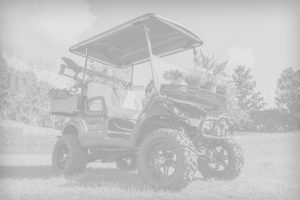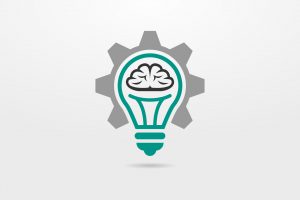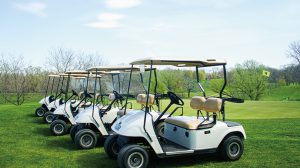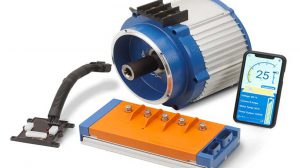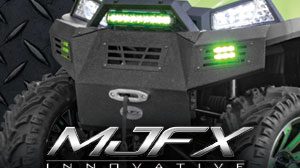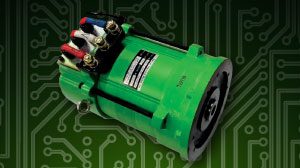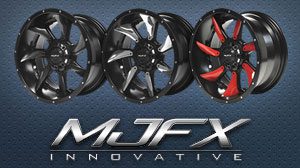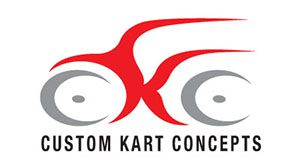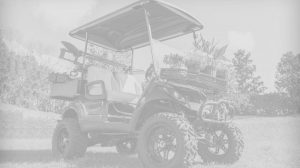QUESTION:
TM in Alabama asks: What can I do cheaply to make an electric car run faster?
ANSWER:
TM, I get asked that question several times a day!
First, understand that anytime you are seeking speed you will sacrifice torque. What your customers need to understand is speed comes in the form of a “system”. As I write this, there are two main systems on the market (excluding AC drive). One is a Series system, and the other is called a Shunt, SepEx or Regen system. These two differing system types do not interchange and cannot be thought of exactly the same.
Series systems are the first generation of drive controls and have been around for many years. The name Series means just what it implies, a system that is only as strong as its weakest link. For example, if you have an open in the system such as: a cable, solenoid, motor, controller, shifter or a battery; the car will not run. Likewise, if you have a component that is too small to carry a given load the car will not perform up to desired performance. Here is how that works; first, you must have a power source (the batteries), they must be able to store the energy required for the demand the motor makes. We must be able to deliver that stored energy through the correct size conductors (cables). Then we have to be able to turn that delivery on and off with a contactor (solenoid) of the correct size. Next we need a device to vary the amount of energy demanded by the motor. This device is called a controller and has multiple amperage and throttle inputs. With all that said, the motor is the one component that actually controls the speed and torque of the system.
The speed and torque of a motor is influenced by many factors: large tires, hills, loads, and of course heat and cold. Say that you have a motor rated at stock OEM specifications. You replace that motor with a speed motor (higher RPM’s) and are driving the car in adverse conditions such as large hills. The motor will not perform; as so much torque is lost it will not climb a hill. To support this high speed motor you must have the rest of the system!
I recommend you ask customers the following questions when selling a system:
- How is the car going to be used?
- Are there large hills?
- Is the car lifted? (larger tires)
- Will the car be used for towing?
- Will the car be using a rear facing seat?
- Will the car be driven off-road, and to what extreme?
- Will the car be driven on a flat surface?
- Will the car be used for golf and community driving?
- How much speed? How much torque?
By asking a few questions you can determine if the customer needs a torque system, speed/torque system or a speed system. You never want to put a speed system on a lifted car used for extreme off-roading. You can use a torque/speed system in moderate off-road conditions. Speed systems are for flat surfaces and paved roads. Yes, a higher amperage controller will help speed motors some, and is required, but torque will still remain low. Speed and torque costs, and to do it right, sell a customer a system. However there is always that on exception. Say the customer has a non-lifted car and just wants a little added speed/torque. Yes there are drop-in motors for the purpose and work very well.
Again, just by asking the correct questions you can sell the correct system or motor. This will end part one; we will continue next issue.



